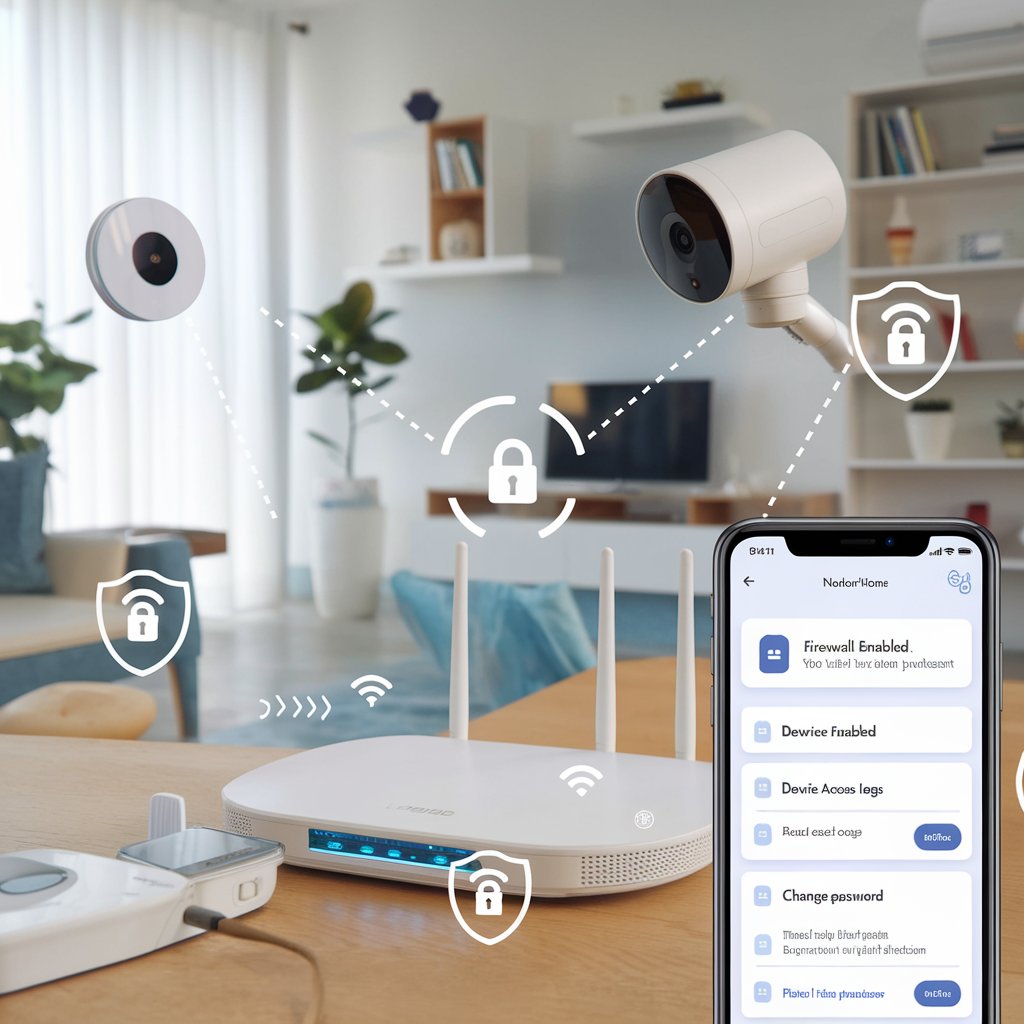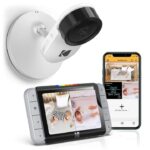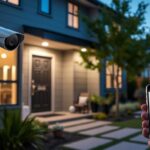Smart homes make life easier, but they can also be a target for hackers. In 2023, over 50% of smart home users reported at least one security incident. This guide will show you simple ways to protect your smart home from cyber attacks.
Contents
Why Smart Home Security Matters?
Smart homes are becoming more common every day. Research shows that by 2025, the average home will have 20 connected devices. These include:
| Device Type | % of Smart Homes |
|---|---|
| Smart Speakers | 65% |
| Security Cameras | 54% |
| Smart Lights | 48% |
| Smart Thermostats | 41% |
| Smart Locks | 33% |
| Smart Appliances | 28% |
Each connected device is like a door that hackers might try to open. If they get in, they could:
- Watch your security cameras
- Unlock your doors
- Steal your personal information
- Control your home systems
- Listen to your conversations
Common Smart Home Security Risks
1. Weak Passwords
The most common way hackers get in is through weak passwords. Studies show that 23% of people still use passwords like “123456” or “password” for their smart devices.
2. Unsecured Wi-Fi Networks
Many people never change their router’s default settings. This is like leaving your front door unlocked.
3. Outdated Software
Old software often has security holes. According to security experts, 35% of smart home attacks happen through outdated device software.
4. Unsecure Device Settings
Many devices come with security settings turned off to make setup easier. This makes them easy targets for hackers.
Step-by-Step Security Guide to Secure Your Home Network
1. Secure Your Wi-Fi Network
- Change your router’s default password
- Use WPA3 encryption (or at least WPA2)
- Hide your network name (SSID)
- Turn on your router’s firewall
2. Create Strong Passwords
Good passwords should:
- Be at least 12 characters long
- Mix letters, numbers, and symbols
- Not use personal information
- Be different for each device
Example of a strong password: “SmartHome2024!@#$”
3. Set Up Two-Factor Authentication
Two-factor authentication (2FA) adds an extra security step. Even if hackers get your password, they can’t get in without the second verification code.
| 2FA Method | Security Level | Ease of Use |
|---|---|---|
| SMS Codes | Good | Easy |
| Email Codes | Good | Easy |
| Authentication Apps | Better | Medium |
| Security Keys | Best | Hard |
4. Update Everything Regularly
Create an update schedule:
- Check for router updates monthly
- Update smart device firmware monthly
- Update smartphone apps weekly
- Update security software daily
5. Create a Separate Network
Keep your smart devices on a different network from your computers and phones. This is called network segmentation.
Best Security Tools and Settings
Recommended Security Apps
- Network scanners
- Password managers
- Security monitoring apps
- VPN services
Important Router Settings
| Setting | What to Do | Why It Helps |
|---|---|---|
| Guest Network | Enable | Keeps visitors off main network |
| Remote Access | Disable | Stops outside connections |
| WPS | Disable | Prevents easy hacking |
| Firmware Updates | Enable Auto | Keeps security current |
Regular Maintenance Tips
Weekly Tasks:
- Check for device updates
- Review connected devices
- Look for unusual activity
- Update passwords if needed
Monthly Tasks:
- Full network scan
- Router settings check
- Remove unused devices
- Backup important settings
What to Do If You’re Hacked
If you think you’ve been hacked:
- Disconnect all devices from the internet
- Change all passwords
- Reset devices to factory settings
- Check for updates before reconnecting
- Contact device manufacturers for help
- Report serious incidents to the police
Quick Security Checklist
✓ Strong, unique passwords for all devices
✓ Two-factor authentication enabled
✓ Regular software updates
✓ Separate network for smart devices
✓ Network monitoring tools installed
✓ Firewall enabled
✓ Guest network set up
✓ Unused features turned off
✓ Security settings reviewed monthly
✓ Backup system in place
Conclusion:
Keeping your smart home secure isn’t hard if you follow these steps. Start with the basics: strong passwords, regular updates, and good Wi-Fi security. Then add extra layers like two-factor authentication and network monitoring. Remember, a little time spent on security now can save you from big problems later.



